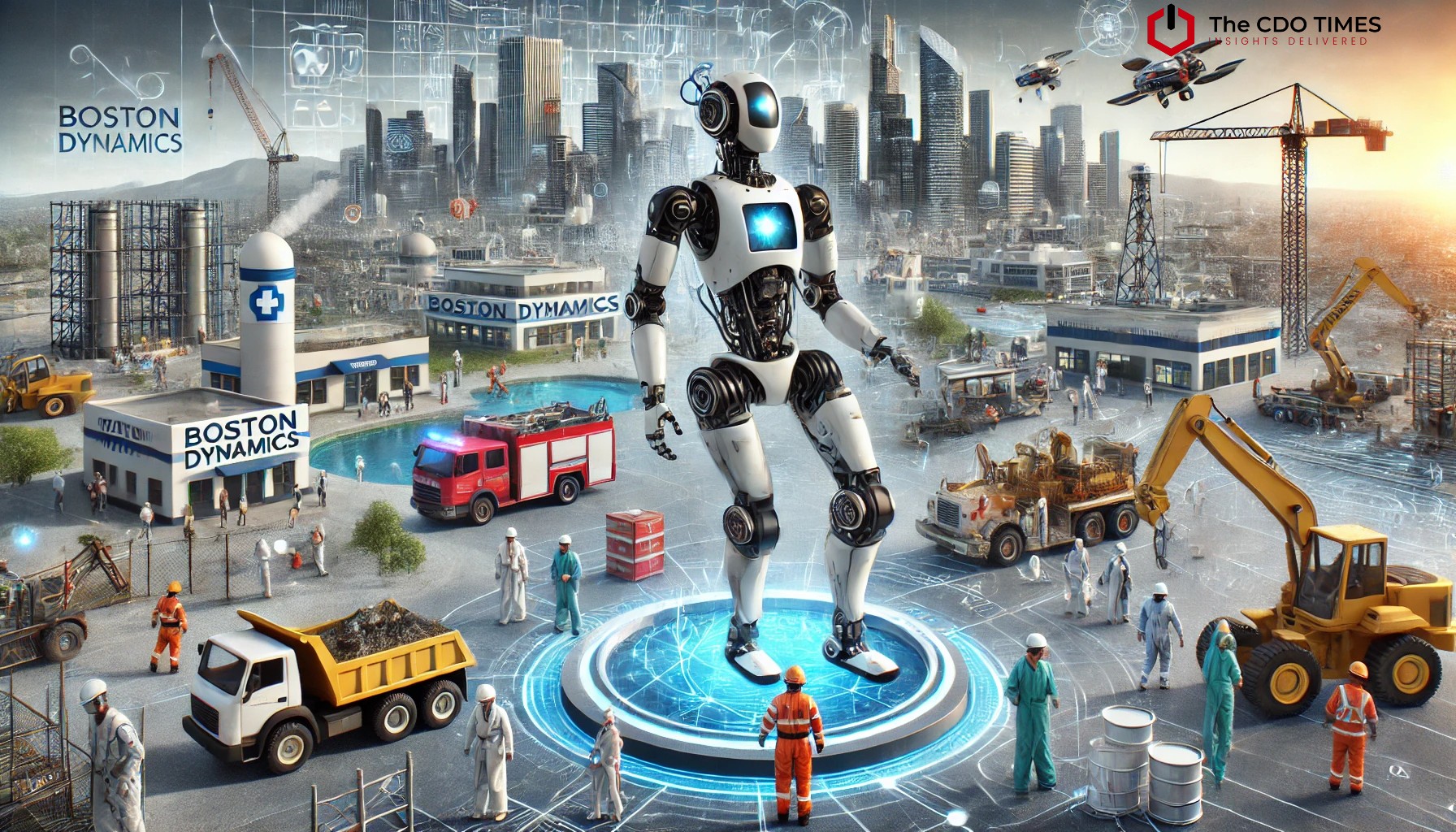How Virtual Reality (VR) & Augmented Reality (AR) Will Shape Social Media Marketing (SMM)
The world of social media marketing (SMM) is rapidly evolving, and cutting-edge technologies like Virtual Reality (VR) and Augmented Reality (AR) are set to revolutionize the way brands engage with audiences. These immersive technologies will create more interactive, engaging, and personalized experiences, taking social media marketing to the next level.
1. Enhanced Customer Engagement Through Immersive Experiences
Traditional social media marketing relies on images, videos, and text. However, with VR and AR, brands can create fully immersive experiences that captivate users like never before. Imagine trying on clothes virtually before making a purchase or exploring a travel destination in VR before booking a trip. These experiences will keep audiences engaged for longer and increase conversion rates.
2. AR Filters and Effects for Brand Promotion
Social media platforms like Instagram, Snapchat, and TikTok already utilize AR filters to engage users. Brands can create custom AR filters that allow customers to interact with their products in a fun and engaging way. For example:
- Beauty brands can offer AR-powered virtual makeup try-ons.
- Furniture companies can enable users to visualize how products will look in their homes.
- Fashion brands can develop AR-based virtual dressing rooms.
3. Virtual Showrooms and Shopping Experiences
E-commerce brands can benefit greatly from VR and AR by setting up virtual stores and showrooms on social media. Consumers can walk through a digital store, browse products, and even interact with them using VR headsets or AR-enabled smartphones. This reduces hesitation and enhances customer confidence before purchasing.
4. Live VR Events and Interactive Campaigns
Live streaming has become a powerful tool for social media marketing, and VR is taking it to the next level. Brands can host virtual reality events where users can attend product launches, exclusive behind-the-scenes tours, or interactive meet-and-greets with influencers and celebrities—all from the comfort of their homes.
5. AR-Powered Advertising
Social media advertising is shifting towards AR-powered ads, where users can interact with products in real time. Platforms like Facebook and Instagram have already introduced AR ads that allow users to try on sunglasses, lipstick, or even see how a new car model fits their lifestyle. These interactive ads drive higher engagement and boost sales.
6. Personalized and Data-Driven Marketing
VR and AR can collect valuable insights into user behavior and preferences, allowing brands to personalize marketing campaigns like never before. Businesses can tailor ads, content, and promotions based on real-time user interactions with VR and AR experiences.
7. The Rise of Metaverse Marketing
With the rise of the metaverse, social media platforms are transforming into virtual spaces where users can interact with brands in a completely new way. Companies can establish virtual stores, host events, and even create branded virtual worlds where customers can socialize and shop in immersive environments.
Conclusion
VR and AR are reshaping social media marketing by offering more engaging, interactive, and personalized experiences. Brands that embrace these technologies early will gain a competitive edge, drive higher customer engagement, and create innovative marketing strategies that stand out in the digital world.
As technology advances, integrating VR and AR into social media marketing will no longer be an option but a necessity for brands looking to stay ahead in the ever-evolving digital landscape.





Leave feedback about this